Description
Phlox paniculata ‘David’
An exceptionally pure white Phlox with large dense heads of flowers (6-9″) of good substance. Phlox paniculata ‘David’ Grows to 3′ (1m) and from its initial flowering in July it is capable of repeat flowering until September if dead-headed and well cared for. Superb, heady, rich fragrance. Nice apple-green foliage is resistant to powdery mildew and even spotting providing conditions are good. This variety was discovered in its native America as a chance seedling. For full sun to partial shade in a moist fertile soil with plenty of organic matter. 36-40″. Native Phlox paniculata are reserved and nurtured by the Brandywine Conservancy Volunteers at Chadd’s Ford, Pennsylvania. In August 1987, the Phlox seedlings were inspected bu the coordinator and Richard Simon of Bluemount Nurseries. Together they selected a white fragrant form with clean foliage and it was named ‘David’ by Mrs FM Mooberry, the project coordinator, for her husband. ‘David’ may well be a direct descendant of the original Phlox sent to Europe in 1930 by John Bartram. It was ‘Perennial of the Year’ in America in 2002
All but one of the 60 or so species of Phlox are from the Americas, from Mexico north where they colonise open woods ans streamsides and limestone hillsides. They were introduced into Europe as early as 1730 by John Bartram. In the late 1800’s several cultivars were raised, possibly by hybridisation with P. caroliniana, but they reached the height of their popularity in the a950’s and 60’s when an extensive breeding program by Frenchman Capt Symons-Jeune saw the introduction of new showy varieties with pure colours and better disease resistence. The majority of breeding of modern cultivars has come from Europe, beginning with breeding efforts in France some 100 or so years ago. In the first instance hybrids were known under the name Phlox decussata.
One of the first major breaks that came in the breeding of Phlox was when John Downie of Edinburgh produced the first eyed variety.
Phlox generally are prone to powdery mildew and leaf blotches which is perhaps why they fell from fashion in the early 1980’s. It is important to give them good soil conditions where they do not go short of water in late summer when in flower. Spring feeding is also beneficial. Full sun gives the best results if water is not short but on thinner soils some shade is beneficial. Much attention has been paid to breeding healthier plants in recent years, but good growing conditions are still very important.
Phlox paniculata can be the first of the border perennials to show signs of water stress. They can grow happily in full sun or light shade but do require access to adequate moisture to grow at their best. Thinning out weak shoots early in the season allows the stronger shoots to flourish and flower better. It is also possible to half the height of some of the outside shoots half way through the season. These trimmed shoots will then branch and go on to flower after the main display, prolonging the season.

















































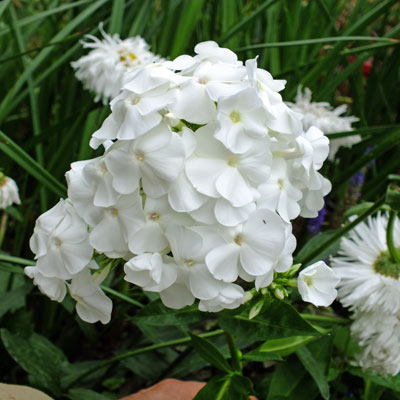


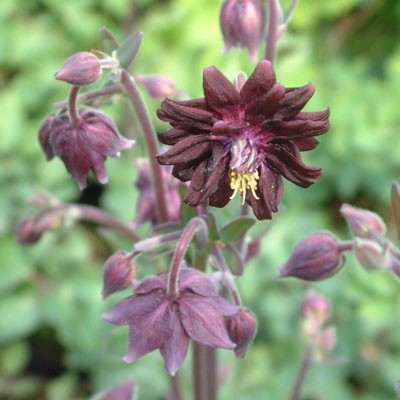
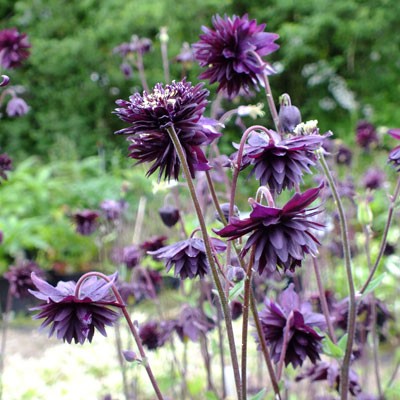
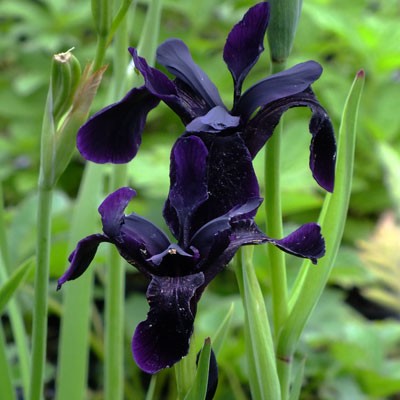
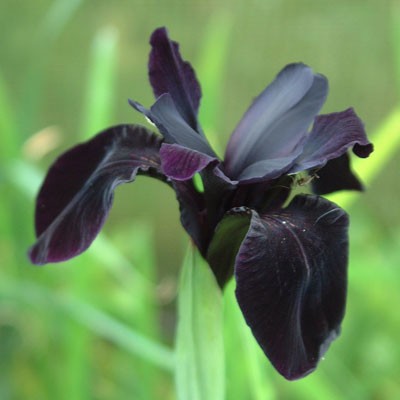
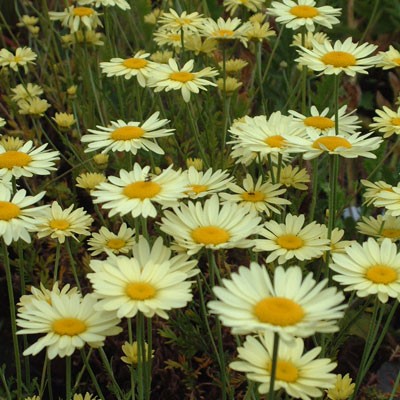
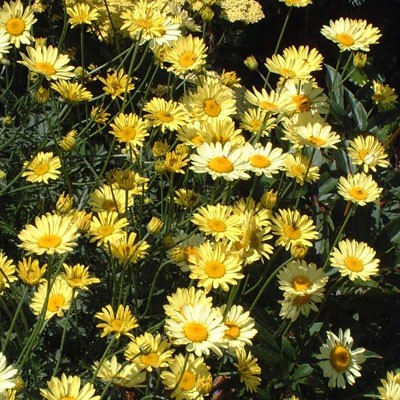
Reviews
There are no reviews yet.